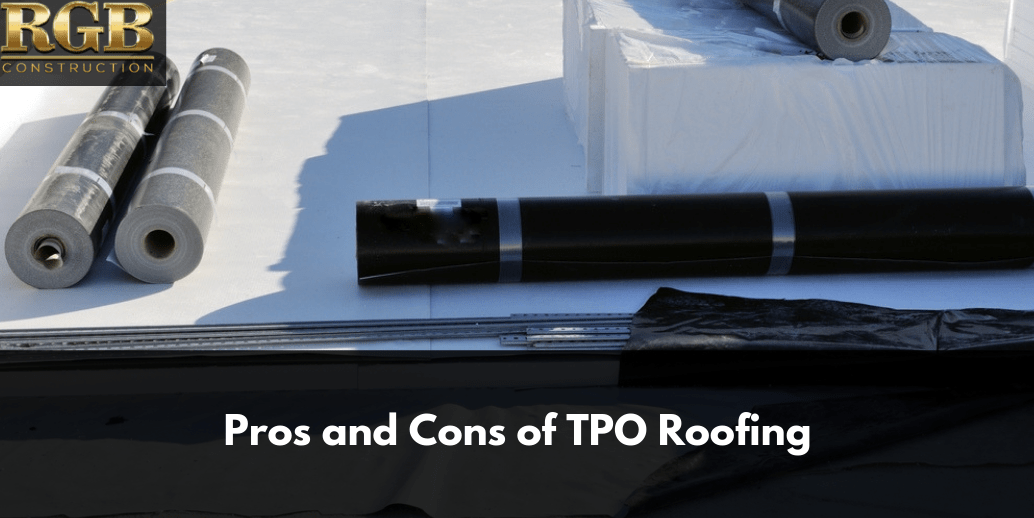TPO is growing in popularity as roofing material, especially for commercial buildings. Before deciding if TPO roofing is right for you, you need to understand the pros and cons of this thin, durable roofing material.
What is TPO Roofing?
Thermoplastic Polyolefin, or TPO, roofing is a single-ply membrane that covers the surface of your roof. It is inexpensive, thin and reflective. Although it has the word “plastic” in its name, TPO is actually made of several varieties of rubber, often a blend of polypropylene and ethylene-propylene.
Pros of TPO
One of the reasons that TPO is growing in popularity is that it is inexpensive. It costs less than EPDM or other rolled rubber roofing materials. Unlike bitumen, which is black and can absorb heat, TPO is white on the surface. This allows the roof to reflect sunlight and reduce the buildup of heat inside a building. Another benefit to TPO is that it can be installed using several different methods. It can be fastened directly to the roof deck or with adhesives. The material also resists corrosion when it comes in contact with other materials. It resists mildew and algae growth as well which eliminates the need for power washing.
Cons of TPO
One of the biggest issues with TPO is that different manufacturers make widely different products. Although you may get high quality from one manufacturer, another may provide a much lower quality product at the same price. There are also many levels of thickness which leads many people to think that a thicker product is more durable. When it comes to TPO, however, this is not necessarily the case. Thickness has nothing to do with the durability of TPO and will wear just as quickly as thin material. Over the past few years, there have been changes to TPO compounds so it is difficult to say what their life expectancy may be, but most last between 10 and 20 years. The lower life expectancy is because the top layer is laminate which introduces weak points in your roof. This can lead to shrinking, cracking, crazing and deterioration. TPO rolls are not very wide which means you may have seams every six to eight feet. Seams allow the membrane to expand and contract, eventually leading to loosening and water damage.
If you are considering a TPO roof, contact RGB Construction to learn more about the product. Our friendly customer service representatives can guide you through the process on the phone or you can complete the simple form online.







